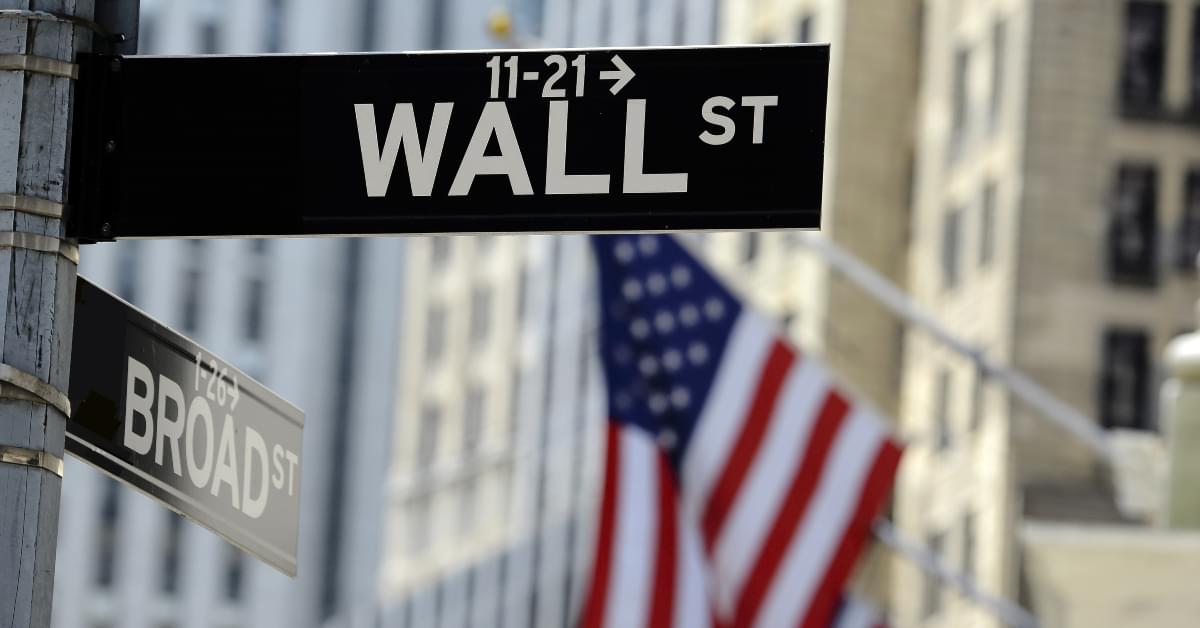
The UK faces many of the same challenges as other countries. Another unique set of problems however, threaten to strip control of the situation from monetary and fiscal policymakers. This makes the prospect of the Pound slipping to parity with the Dollar seem more likely by the day.
Meanwhile, the USD has strengthened in recent months due to interest rate differentials and rising demand for the safe-haven currency.
In this article, we’ll look at some of the recent blows dealt to the UK economy and the factors driving the US economy to new heights. Can the Bank of England still salvage the situation?

UK economic factors driving the GBP towards parity
The UK’s economy is inextricably linked to that of the EU. This makes it hard to accurately gauge the economic factors which affect the strength of the Pound.
When evaluating how GBP may trend, it is arguably more prudent to examine factors affecting the EU. The tell-tale signs this might offer can help shed light on what we might expect in the near future.
Brexit and UK trade with the EU
Brexit trade patterns have not yet followed expectations. This is likely due to the UK’s Trade and Cooperation Agreement (TCA) with the EU coinciding with the Pandemic. This unfortunate timing has made it hard to assess the real impact of the deal. Economists note, however, that while Brexit broadly reduced the competitiveness of Britain’s economy, the trade relationship between the UK and EU remains much the same.
It’s not surprising that the Pound and Euro both exhibit co-movements relative to the strength of the Dollar. When the Euro rises or falls, it pulls the Pound with it. While the Pound exerts some influence on the Euro, the value of the EU economy dwarfs that of the UK. As such, its influence on the EU is far weaker. This much was evident in the aftermath of the 2016 Brexit referendum – the Pound sank 20% against the USD while EUR fell only a few percent in the same period.
The European energy crisis
Russia’s refusal to export gas and oil, in response to sanctions, has crippled the EU economy. While the UK imports less than 1% of its energy reserves, the EU imports roughly 40% of its oil and gas supply from Russia. Russia recently closed the Nordstrom 1 Pipeline citing “an oil leak found in its turbines.” Few are fooled by Russian weaponization of energy supplies, but little can be done to offset the rising costs of basic goods across the world.
Historically, the UK has been a net exporter of oil and gas. Until 2005, British North Sea oil supplied the UK economy with thousands of jobs and billions of Pounds in revenue. However, the 2008 economic crisis, characterised by the rapidly fluctuating crude oil prices, led many global consumers to turn to alternative energy sources. It also prompted many UK policymakers to turn away from the economy’s dependence on gas reserves. March of 2022 also marked the one-year anniversary of the North Sea Transition Deal which set a clear path for the UK energy sector’s transition to cleaner energy in accordance with the Paris Agreement.
The good news for the Pound Sterling is that these events have given the UK economy an outlet for its reserves of natural gas and oil. Many expect the government to announce new North Sea survey licences and to increase domestic production, reversing the UK’s commitment to green energy. A driving factor behind the curtailment of UK energy production was the high costs of storing unused reserves. The expected uptick in oil and gas exports to the EU will offset the need for expensive facilities and justify reopening the North Sea to private investors.

US economic factors driving the USD towards parity
Almost 90% of global transactions are conducted using the USD. Economists consider the USD a ‘safer’ currency due to its high liquidity since the end of the gold standard. In times of economic turmoil it’s not surprising to see the USD strengthen relative to major trading partners.
As many of the central banks raised interest rates to combat domestic inflation, the Federal Reserve took a more aggressive stance than most. US interest rates are now markedly higher than in other major economies and the promise of a greater yield on USD-denominated funds has attracted investors. As money has poured into the US economy, the USD has strengthened.
Federal monetary policy accounts for much of the Dollars’ strength. Other factors that have positively influenced the value of the US currency are the same that have contributed so greatly to the decline of others. Like the UK, the US is less reliant on importing foreign gas and oil. Between 2020 and 2021, the US exported more petroleum (8.63 million barrels per day) than it imported (8.47 million barrels per day).
We’ve yet to see how the scales will tip. There is some evidence to suggest the GBP/USD rate will reach parity. However, US economic reports have become unreliable at best. Economic forecasts, such as non-farm payroll, have repeatedly failed to reflect actual figures. It is becoming more difficult to judge how the US economy might evolve and what effect this might have on the Pound.

What can the Bank of England do to prevent the Pound falling?
As far back as February of 2021, the Bank of England’s Governor, Andrew Bailey, admitted that contemporary monetary and fiscal policy measures weren’t up to the task of dealing with large-scale economic shocks such as those seen during the Pandemic.
The BoE has acted as expected, increasing interest rates in an attempt to combat inflation. But there’s been no small amount of criticism levelled at the Bank for failing to react quickly enough to what many saw as clear signs of supply shock. Newly elected Prime Minister Liz Truss blames the BoE for not enacting sufficient controls. UK inflation now sits at 9.9%, far beyond the 2% mandated by the BoE.
Worse yet is the apparent stagflation seen in the US economy. This has led many to believe that current economic policy measures do not work in a modern, globally dependent economy. If true, whatever actions, be they monetary or fiscal, the BoE takes over the course of the next few months might have little to no effect on the rapid decline of the UK economy.
How can you reduce foreign exchange risks?
Risk remains that Pound Sterling will continue to decline as higher commodity and energy costs. Meanwhile, interest rate differentials and safe haven demand could further strengthen the USD.
A succession of major events, including Brexit, a global pandemic and Russia’s invasion of Ukraine, have underlined the need for proactive FX strategies in all UK companies with any foreign exchange risk.
UK businesses carrying USD exposure face the prospect of higher costs and tighter margins. In addition, inflationary pressure is felt across the wider cost-base and wage bill. We strongly advise that businesses build a plan around what risk can be reduced via an agreed hedging strategy.
Contact us today to talk with our payment specialists and book a demo of our platform, and we’ll work with you to find the best possible solution to your FX exposures.
Matthew Swaile
Copywriter
Florence Couëdel
Editor
Paul Plewman
Editor



